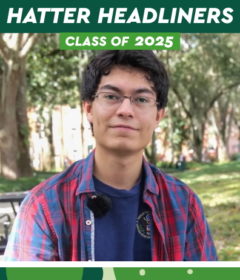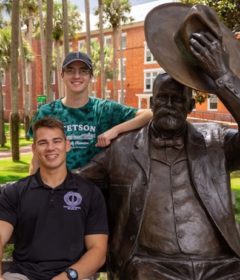Gillespie Museum Celebrates 60 Years of Earth Science Education
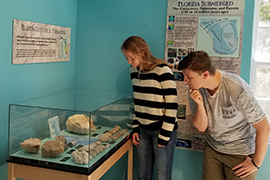
During November, the Gillespie Museum will be celebrating six decades as an earth science center on Stetson University’s campus and in Central Florida.
On Nov. 14, 1958, the museum opened with a founding collection of 15,000 mineral specimens that were donated by Thomas Byrd and Nellie Parsons Gillespie of Palatka, Florida. From its earliest beginnings, the museum’s mission has been to make this significant collection available to Central Floridians, especially young students, and to educate about mineralogy, geology and the environment.
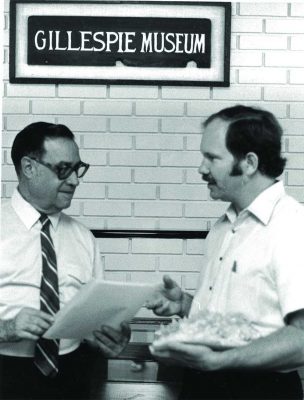
The events celebrating the museum’s Founders’ Day are free and open to the public, and include a Science Saturday program, focusing on how to start a rock and mineral collection during Stetson’s Homecoming Weekend on Saturday, Nov. 3, 10 a.m. — noon. Birthday cupcakes will be served during the event.
On Thursday, Nov. 8, 4-6 p.m., the museum will host a 60th anniversary reception with a self-guided tour, featuring historic photos throughout the galleries. Undergraduate students will also have an opportunity to view the collection and its history during a Gillespie @60 Cultural Credit activity, beginning on Wednesday, Nov. 14.
The museum has a number of distinctions, including that it is among the oldest natural science museums in Florida; houses one of the largest and most significant mineral collections in the southeastern United States; and has become an earth science museum in a natural setting with neighboring Rinker Environmental Learning Center, a Volusia County Environmental, Cultural, Historical and Outdoor (ECHO) site.
Additional points of interest include a Florida Native Landscape, the Volusia Sandhill Ecosystem, which is a longleaf pine micro-restoration area and a range of student-led environmental projects, such as Stetson Beekeeping, Hatter Harvest Garden, Stetson Seed Library and an Adopt-a-Native Wildflower program. These landscape options serve as an extension of the Gillespie Museum’s environmental programming.
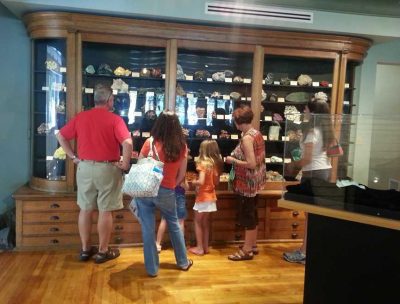
“I think of the Gillespie Museum as a museum with and without walls,” explains Karen Cole, Ph.D., director of the Gillespie Museum. “The Gillespies’ generous gift inspired a museum experience, which features five galleries of fine minerals and three connections rooms, an underground world with both a gold mine and model of a Florida limestone cave as well as a Rock Cycle Room with a volcanism exhibit. In the native landscapes and outdoor classrooms, visitors can also see demonstration gardens, ongoing undergraduate research projects and initiatives in environmental sustainability.”
The museum provides K-12 educational programs, Science Café evenings for adults in the community and Science Saturdays, which feature informal and fun-filled educational activities for young scientists.
The Gillespie Museum is located at 234 E. Michigan Ave. in DeLand. For more information, call 386.822.7330 or visit www2.stetson.edu/gillespie.

